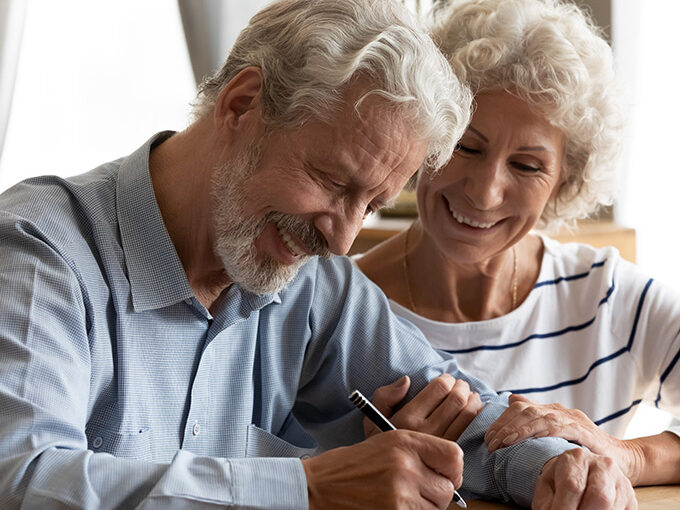How can charities maximise input VAT and tax?
In this article, we look back at the key outcomes from our webinar on maximising input VAT, and the practical implications for charities to consider.
The not-for-profit sector suffers an estimated £2 billion per year in irrecoverable VAT. Despite campaigning by the sector for more VAT reliefs, there has been very little change in the way charities are taxed since the introduction of Gift Aid.
In this webinar, we gave hints and tips for organisations to ensure they maximise both their VAT and input tax recovery. One of the key aspects to consider in VAT recovery is to optimise partial recovery on general overhead costs such as finance, governance, HR, IT and other support services. This is the only area in VAT where it is possible to negotiate a VAT recovery method that steps outside the standard method based on income values. The receipt of large distortive non-business income such as legacies, large donations and capital grants can disrupt the level of VAT recovery on an income-based method, and so the use of an alternative proxy can sometimes be advantageous in this scenario.
Below are some of the key questions and answers that arose at the webinar:
How do we apply for a special method?
A written application needs to be made to HM Revenue & Customs (HMRC) before the method can be used. This needs to follow and contain specific information in accordance with Notice 706.
What alternative recovery methods can be used?
The only requirement for a recovery method is that it meets the ’fair and reasonable’ test. This is, of course, fair to the taxpayer and to HMRC. The most common ones include expenditure, staff numbers, floor space and transaction count.
We are building a new head office. Do we use our annual recovery rate for the recovery or are their special rules?
Capital projects, such as buildings that cost over £250,000 (excluding VAT) are subject to the Capital Goods Scheme. The initial VAT you declare on the project is recovered using your normal recovery rate. However, following completion, the use of the input tax is monitored for 10 years and any change in use of the building adjusts the recovery over this period.
Did HMRC give any concessions relating to Covid-19?
HMRC released R&CB 04/21 in March 2021, just in advance of the March year-end, for annual adjustments. If you have been impacted by loss of taxable income or received increased grants that have distorted your VAT recovery rate, you can apply by email to have an alternative method agreed.
We have an old special method, but we don’t think it is the best method for us to use any more. Can we revert to the standard method?
A special method normally has to be used for a minimum of two full tax years after being agreed. After this time, if it no longer meets the fair and reasonable test, then you can write to HMRC and inform them that you no longer wish to use the special method. You should revert to the standard method from the start of the following tax year.
Our financial year-end is 31 December, can we move our partial exemption year from March to December?
Yes – this is possible. This needs to be requested by writing to HMRC.
If you would like advice on maximising your charity’s input VAT or tax relief, please get in touch with Wendy Andrews.
To sign-up to future not-for-profit webinars and to receive our sector-focused insights by email, please click here.










